- How do I replace the diverter on a Jandy valve?
I’m replacing the diverter in my Jandy three-way valve. Is there a specific way it needs to be reinstalled?
Yes, there is a specific way it needs to be reinstalled. Follow this link to find your Jandy NeverLube and Standard Diverter Valve parts.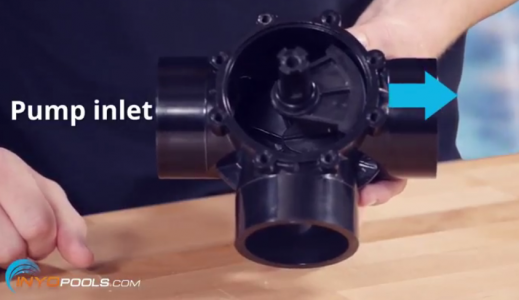
First thing, we to determine is where your pump line, skimmer line, and main drain line is feeding into the valve. So let’s say this is your pump line. You’ll want to place opposed from your pump inlet. So the next thing you want to do is replace the cover. And on the cover it says inlet on one of the sides. You’ll want to put the inlet over the port where it’s going to the pump. And then at that point you can reinstall your screws.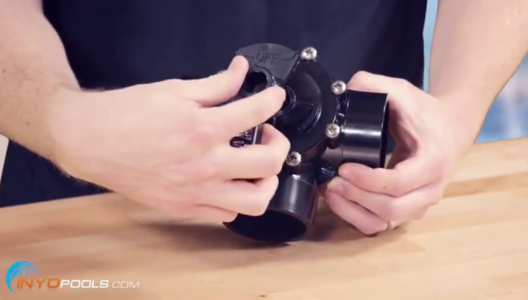
So once we have the screws back on next will be reinstalling the handle. You’ll notice the word “off” on the handle. This will be going in the opposite direction on the opposite side of the inlet. So we got inlet down here. We’ll put it in a way that the off is opposite. Then we’ll put the little knob back on. And that’s it.
Once we have the valve back together you’ll notice we have the inlet that is the pump, skimmer, main drain, so when you turn it you’ll notice that you can turn off either the skimmer, or the main drain. And it won’t let you turn off the pump, you wouldn’t want to because then your pump’s going to run dry 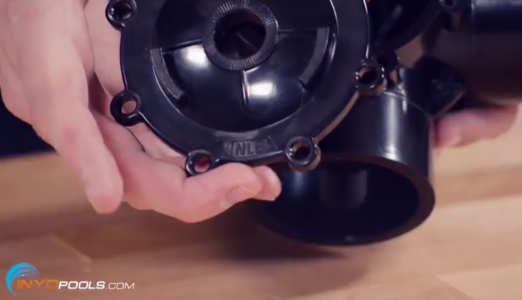 and that will burn it up. Very true. Very True. And if this valve is going to be on the pressure side, the inlet is always going to be coming from the filter because you never want to close that off. So that pretty much covers it very good Rob. I think it’s been the most in-depth video ever on a Jandy Valve.
and that will burn it up. Very true. Very True. And if this valve is going to be on the pressure side, the inlet is always going to be coming from the filter because you never want to close that off. So that pretty much covers it very good Rob. I think it’s been the most in-depth video ever on a Jandy Valve.
Thank you for joining us. Feel free to leave a comment down below, or visit our forum. Thank you for joining us. Bye.
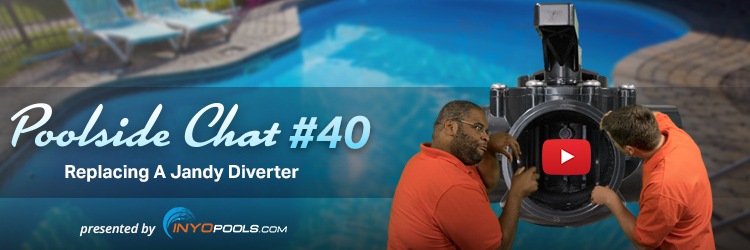
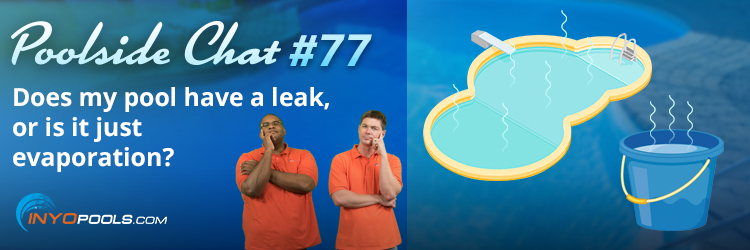
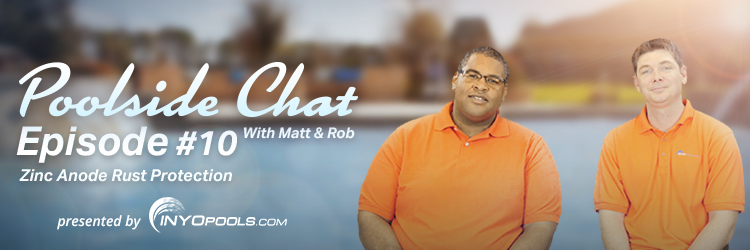
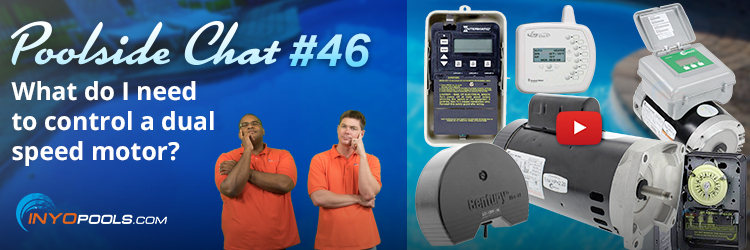
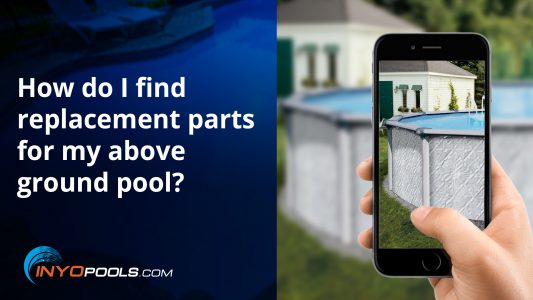






Hello,
Is it possible that a bent diverter is the cause of my lack of suction from the skimmer line? Also, I noticed that your diverter set right in and the cap was flush before setting screws is there a reason that mine wouldn’t set “right” did i loose a piece to the puzzle?
I only see text boxes. How do you want me to post the picture?
Casey – if you have a Google Drive or Dropbox, copy and paste a share link of the file. Or you can email a few pictures to upload@inyopools.com, “Attn: Rob and Matt”
i have a question. My pool system has 3 jandy valves. Labels either weren’t done or have since fallen off. There are 3 jandy’s. In the effort to more accurately control water flow direction, I’m considering cutting out the jandys and gluing in ball valves. So, 3 jandys would mean at least 4 ball valves if not 6.
I believe… the intakes are skimmer, spa floor, and pool floor. Outflows are spa, booster/pool in one. Jandy locations are: (1) Front/intake of pump connecting pool drain and spa drain (2) back of pump connecting skimmer post filter with pool and spa floor drains immediately after pump. (3) after main filter (large egg-shaped) separating outflow into 2 directions that I believe are spa on 1 and pool/booster on the other. However, it is possible the spa’s water is split with booster water as well.
Here’s the issue. I can’t hardly adjust these valves without draining the spa. Additionally, any adjustments causes the booster supply (with polaris crawler vacuum) to not have enough power, getting it stuck on steps, etc.
After making a relatively crude drawing, I’m thinking 5 ball valves. To assist with explanation i’m writing them out in 2 phases: pre-filter housing (intakes/discharges) and post filter housing (outflows/supply)
first phase:
1-pre-pump pool floor intake
2-pre-pump spa floor intake
3-post skimmer filter, but before pump discharge joins the skimmer’s discharge and obviously before filter housing (so after the pressure gauge)
second phase (after water is filtered, leaving the filter housing):
4-after PVC wye, cut in solely for spa supply (which may have the booster pump too)
5-after PVC wye, cut in solely for pool supply (which may have the booster pump too)
Finally, here’s my questions:
1. Do you see any concerns with doing this?
2. What are some problems that I need to be careful about?
3. What is the best material to use?
Thank you for your time. If needed I can send pictures.
Hello Casey – thanks for the question. To make this situation easier to follow, can you post a picture of your setup? We will be able to analyze the system better once we can see it.
I know this is an old post but I’m going to reply in case it helps someone. Basically this is really Bad idea. Ball valves reduce the flow quote significantly whereas Jandy valves do not. Jandy valves can be maintained, and the parts replaced if they fail without cutting the pipes etc, ball valves cannot. Ball valves are well known for becoming stuck and jammed over time, jandy valves do not. The handles often break over time on ball valves, jandy valves do not and if they did, the handle can be replaced.
I sound like an advertisement for jandy valves!
Just avoid the ball valves in pool plumbing.
I considered them until I did some research.